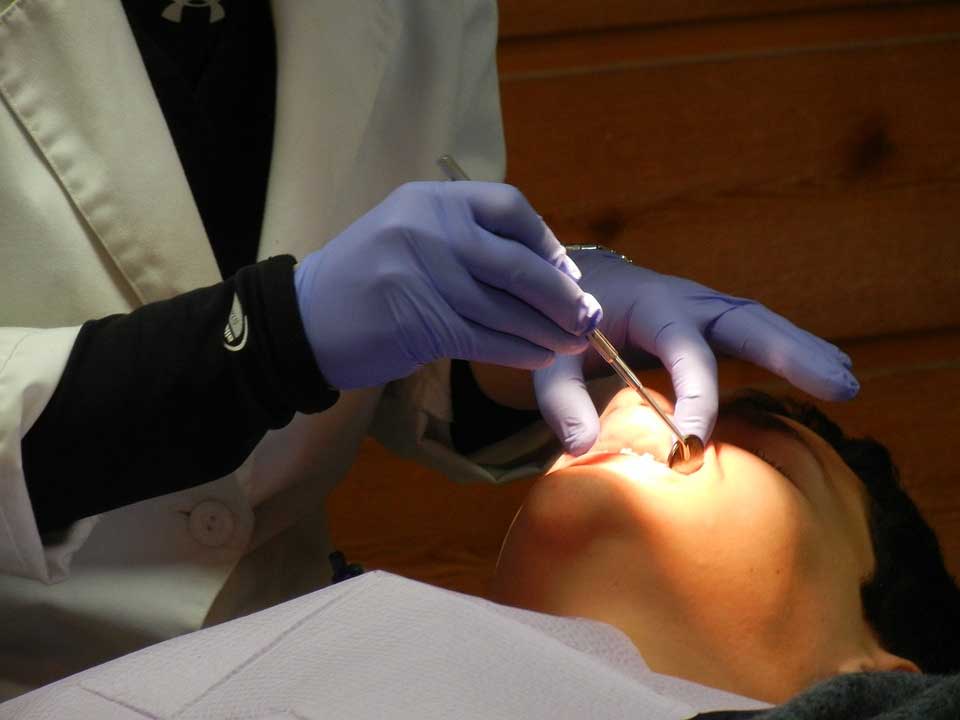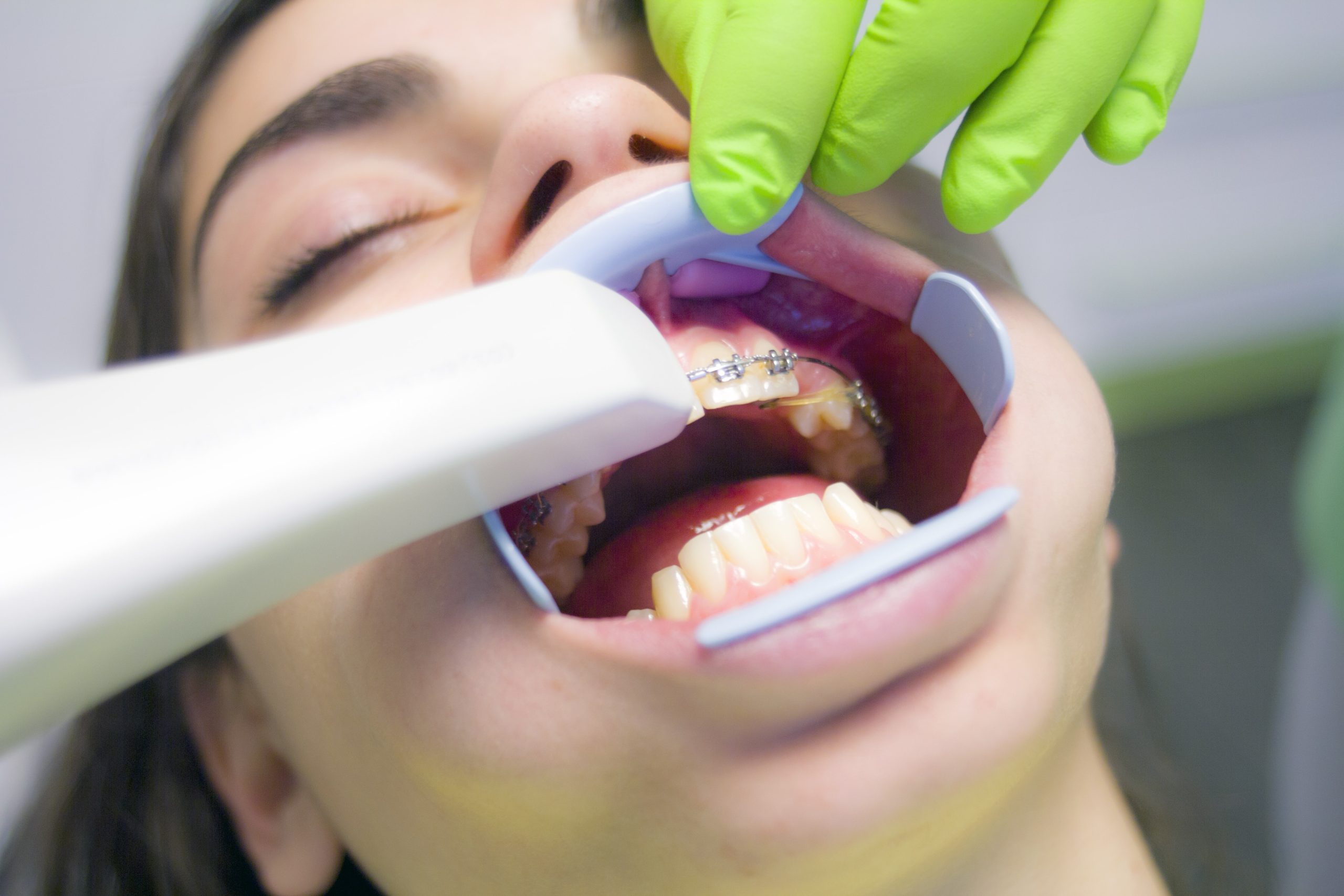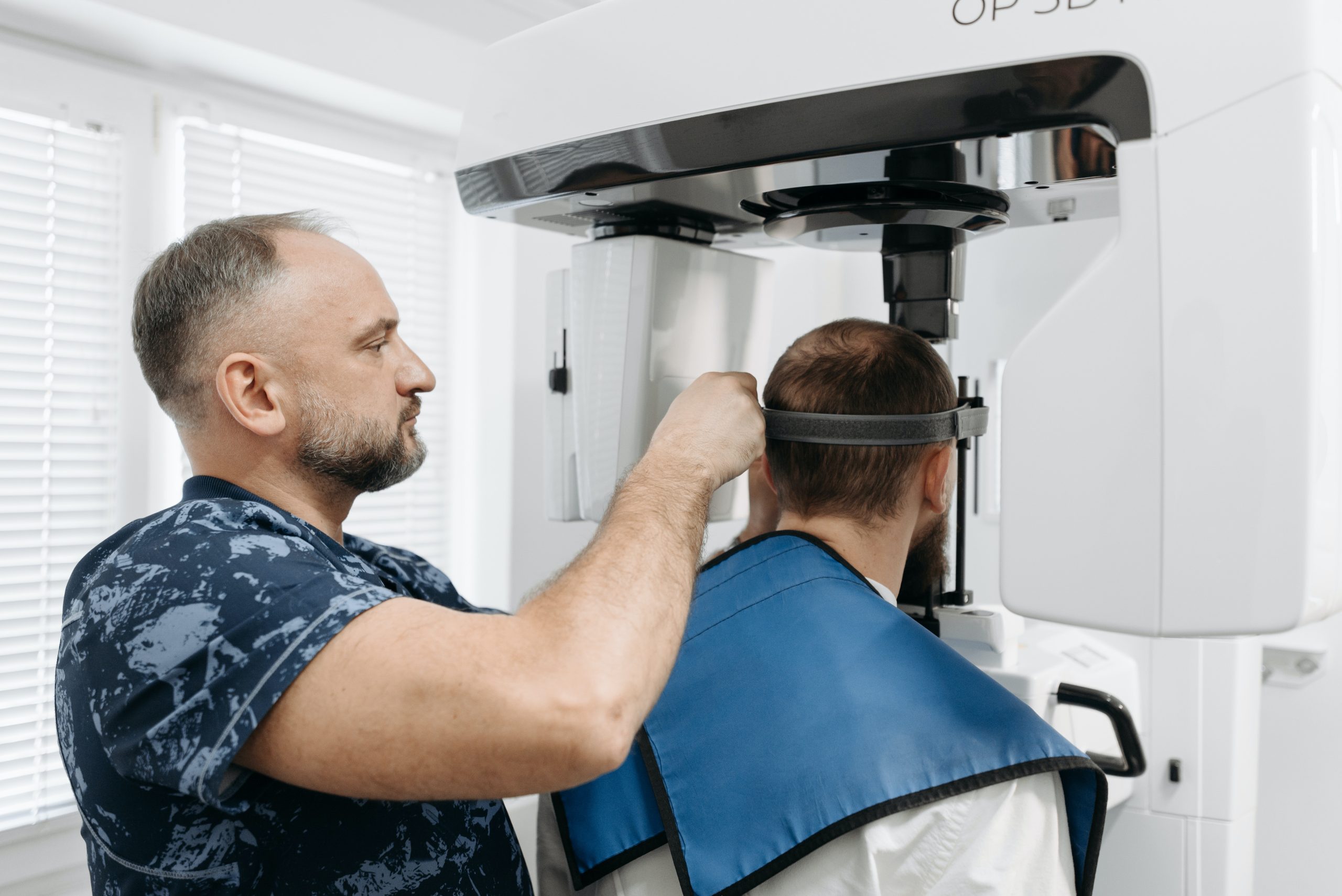How Can Orthodontic Treatments Improve Oral Health?
Orthodontic treatments are often associated with aesthetics, helping individuals achieve that perfect smile. However, their benefits go far beyond a straight set of teeth. These treatments play a significant role in promoting and improving oral health. Let’s delve into the world of orthodontics and explore how aligning your teeth can lead to a healthier mouth and a more robust dental regime.
Misaligned Teeth and Oral Health Concerns
Misaligned teeth, also known as malocclusions, can lead to a variety of oral health issues. When teeth are crowded, gapped, or misaligned, they can create nooks and crannies that are difficult to clean, leading to plaque accumulation and, eventually, tooth decay or gum disease.
Misalignments can also put undue stress on the jaw and muscles, leading to temporomandibular joint disorders (TMJ), which often manifest as pain in the jaw and difficulty chewing.
Benefits of Orthodontic Treatments
Orthodontic treatments can mitigate these risks by straightening teeth and correcting bite issues. Here are some specific improvements to oral health that these treatments provide:
-
Plaque Reduction: Straight teeth are easier to clean, reducing plaque buildup and the risk of cavities.
-
Healthier Gums: Properly aligned teeth allow for better gum fit around each tooth, decreasing the risk of periodontal disease.
-
Improved Chewing: A correct bite facilitates chewing and digestion, resulting in better overall health.
-
Decreased Wear: Orthodontics prevents abnormal wear on the tooth enamel, promoting longevity of the natural teeth.
Common Orthodontic Treatments
There’s a wide range of orthodontic treatments available today to correct various dental issues. Traditional metal braces are the most common, but there are also options such as ceramic braces, lingual braces, and clear aligners. These treatments use constant, gentle pressure to move teeth into the proper position over time.
Advancements in Orthodontic Technology
Technological advancements have transformed orthodontic treatments, making them more comfortable and convenient than ever before. For example, clear aligners provide an almost invisible way to straighten teeth without brackets and wires.
The Role of the Orthodontist
An orthodontist is a dental specialist focusing on diagnosing, preventing, and treating dental and facial irregularities. They have the expertise to create tailored treatment plans that address the unique needs of each patient’s mouth structure.
Choosing the proper orthodontic care is crucial. For residents seeking expertise in teeth alignment, you might come across professionals offering Invisalign services in Niagara Falls, providing you with an option to straighten your teeth using clear, discreet aligners. Invisalign treatment is particularly popular among adults who prefer a more aesthetic and less intrusive orthodontic solution.
Selecting the Right Orthodontic Office
When considering orthodontic care, it’s vital to select an office that can cater to your specific needs. Comfort, technology, experience, and range of services are all factors worth considering.
For those looking for traditional orthodontic interventions, your search may lead you to clinics offering dental braces Guelph. These clinics provide a tried-and-true method for correcting misaligned teeth and helping patients achieve optimal oral health.
The Variety of Orthodontic Services
An orthodontic clinic may offer a variety of services to cater to the diverse needs of their patients. From traditional braces to the latest innovations in clear aligner technology, a reputable clinic ensures that patients receive the ideal treatment for their specific dental conditions.
It wouldn’t be surprising to find comprehensive orthodontic services that include an option for Invisalign treatment in Yorkville. These services provide patients with an opportunity to enjoy the convenience and discreetness of clear aligners while still receiving all the benefits of traditional orthodontic care.
Maintaining Oral Health During Orthodontic Treatment
Orthodontic treatment requires a commitment to oral hygiene. It’s crucial to maintain good oral care practices to ensure successful outcomes. Here are some invaluable tips:
-
Brush teeth with fluoride toothpaste at least twice a day and after meals, if possible.
-
Floss daily to remove plaque and food particles between teeth and under braces.
-
Rinse with an antiseptic mouthwash to kill bacteria and freshen your breath.
-
Schedule regular dental cleanings and check-ups to catch potential issues early.
Post-Treatment Care and Retention
Once the active phase of orthodontic treatment is complete, retention is key. A retainer holds the teeth in their new position as the gums, bones, and muscles adjust. Neglecting this step can result in teeth shifting back to their original position, undoing the hard work of orthodontic treatment.
Life After Braces or Aligners
Completing an orthodontic treatment comes with the joy of revealing a beautiful, straight smile. But more than that, it gives patients improved functionality, easier oral care, and likely a boost in confidence, which can’t be understated.
Final Thoughts
Orthodontic treatments offer substantial benefits for oral health, from reducing the risk of dental decay and gum disease to alleviating issues with chewing and jaw pain. By exploring the various options and finding the right fit, whether it be through traditional braces or innovative clear aligners, individuals can enjoy not only an aesthetically pleasing smile but also a healthier, happier mouth.
Remember, the path to a better smile is not just about looking good; it’s about fostering a foundation for lifelong oral health.















